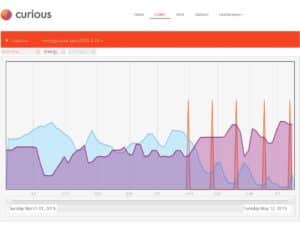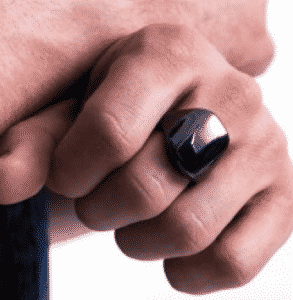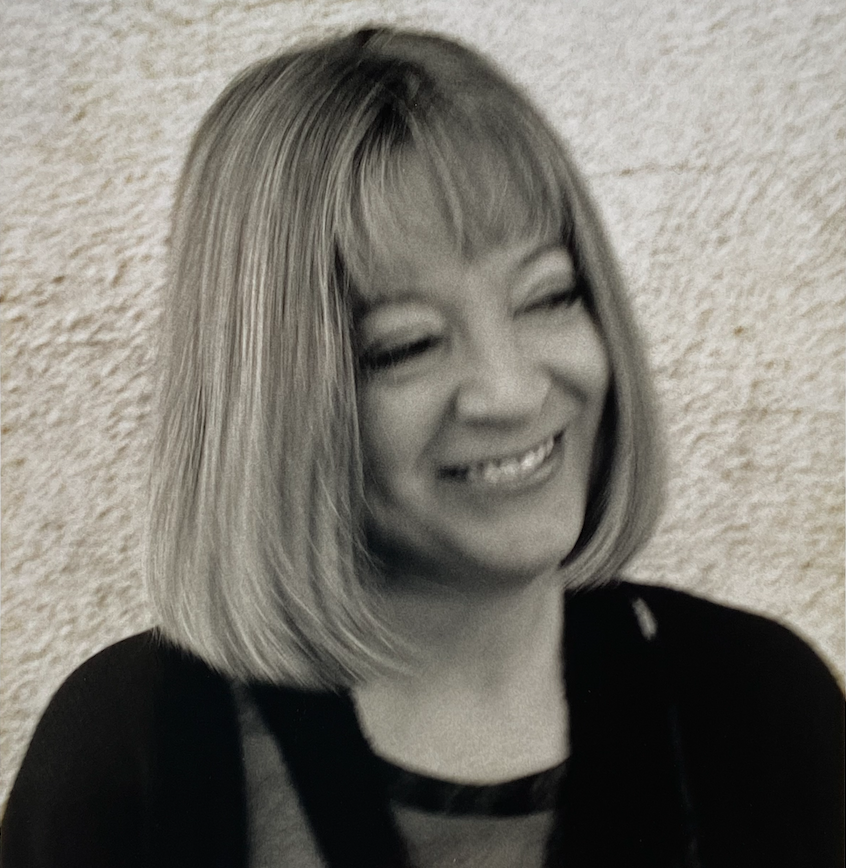

Thanks to Suzanne Vernon for allowing Health Rising to reprint her blog from the Bateman Horne Center demonstrating the dramatic opportunity personal health data collection devices present in helping us to understand ME/CFS and fibromyalgia. (I added the registration information.)
Each of us is a 24/7 data-generating machine. Wearable accessories and devices count our steps, monitor our heart and breathing rate and track our water intake. Our smart phones keep us connected, all while tracking our every movement. We use apps to count calories, track symptoms, figure out what is making us sick, and get advice on how to get healthy. We have direct-to-consumer tests that tell us about our genetics, our microbiome, and our metabolism. Now each and every one of us has the opportunity for data-driven discovery.
Imagine every ME/CFS and Fibromyalgia patient armed with the technology to generate data that has the potential to provide answers that for far too long has eluded science and medicine. Imagine thousands of patients generating the data that helps find patterns in sleep, cognition and the autonomic nervous system that help us understand what is causing brain fog, pain and post-exertional malaise.
Actually what I describe above is now reality. The Bateman Horne Center has partnered with Linda Avey, CEO and co-founder of We Are Curious and 23andMe and a Finnish technology company maker of the Ōura ring, to find the physiological abnormalities to help explain why sleep is unrefreshing, pain is widespread, concentration is impaired and energy stores are depleted.
Crazy right? Not when we empower thousands of patients with the tools and technology needed to generate real-time and real life data. Here’s how it works.
Curious is an app designed to track data, chart experiences and help you find meaning in your data. 
Patterns emerge from the things you track. Here’s an example of patterns discovered by a patient who tracked when she started Hizentra (subcutaneous immunoglobulin) shown by the red spikes on the graph, her energy increased (shown in purple) and her joint pain decreased (shown in blue).
Curious has partnered with Ōura to combine sleep data collected by the ring with other things that can be tracked on Curious. This is perfect timing for the Bateman Horne Center because we are conducting research on ways to objectively measure the diagnostic criteria recommended by the Institute of Medicine – unrefreshing sleep, post-exertional malaise, functional impairment, cognitive impairment and orthostatic intolerance.
Ōura is a ring-sized computer designed to assess sleep. It measures total sleep time and amount of deep and REM sleep each night and during the day it measures energy expenditure and activity. The ring uses these parameters to learn about your sleep and your body and then it helps guide the ring wearer towards better sleep and performance.
The Ōura ring was not designed with ME/CFS in mind (or for any disease). This is why twenty ME/CFS patients will beta test the Ōura ring in partnership with the Bateman Horne Center, Curious and Ōura.
Cari Allshouse will lead and coordinate the beta testing of the Ōura ring and Curious. Cari is the perfect person for this patient-driven research; she is young and tech savvy. She’s also sick with ME/CFS and uses her disease to her advantage in designing this study.
“I’ve battled severe ME/CFS since I was a little kid. I’ve seen and experienced first hand how most of us are left out of research studies because we are too sick, can’t go off existing meds or we don’t fit strict study criteria. What if we can get data on all patients, across the spectrum, that relate to sleep, pain, exhaustion – what could we learn? Existing data tracking platforms are too time consuming and confusing. Curious and the Ōura ring will change that. I finally feel like we will find some real answers not possible otherwise – without losing my mind in the tracking fog.” says Cari.
Cari is excited about our team.
“Having the opportunity to work with Drs. Bateman and Vernon, Linda Avey and Ōura is a dream come true for me. But the most important team members are the 20 people that have graciously agreed to be our beta testers. I am humbled every day by the hope and empowerment they mention in their messages, giving patients the tools to help crack their own mysteries, as well as the bigger picture; is a gift to be apart of.”
The beta test team is calling the study Ring M.E. Cari interacts with the Ring M.E. beta test team on a regular basis by email, instant message, phone and video chat. She’s produced a video to help the beta testers with selecting the right ring size. Cari has also started using Curious (and she loves it!). When the beta test starts Cari will be an expert on Curious and the Ōura ring to help ensure success of this study.
The Ōura rings are being shipped and Cari is busy working with our 20 beta testers to design the study. Beta testers will wear the Ōura ring for 2-4 weeks. The data from the ring together with the other things they track will be collected, aggregated and analyzed on Curious. This will tell us what – if anything – needs to be tweaked for the Ōura ring to be used for ME/CFS research. Then we are ready for many more patients to wear the Ōura ring.
Imagine thousands of ME/CFS patients wearing the Ōura ring and tracking other important things to get to the bottom of unrefreshing sleep.
We don’t have to imagine any longer – now we can conduct research in our sleep.
- Participate – Interested in participating in similar studies with the Bateman Horne Center of Excellence for ME/CFS and Fibromyalgia? Click here to get registered.







Wonderful idea! What a great way to gather data to find things we have in common and possibly point us in the direction of medications or treatments that bring the invisible sufferers among us long awaited relief.
Thank you!
Edwina S.
I have Fibromyalgia and possible ME. I wouldn’t mind taking part in this test. Please contact me if you need more for the study. DX in 1980, older adult. Sleep issues among other things.
Seems like a great idea. I love my Fitbit, it gives me an objective measure of how active I am or am not. Wearable devices are a great idea and I hope this proves to be helpful to CFS/ME folks.
I want a ring, too! My doctor just asked if I’d done a sleep study. I did one, years and years ago. And I think it was probably done wrong; even the sleep expert said he didn’t understand the results.
Yet another ME/CFS/FM test result that defied the experts (lol)
I went on Oura’s website and didn’t see any data about the validity or reliability of their device published in a peer-reviewed scientific journal. Is anyone aware of unbiased scientific data on Oura? The measurement of sleep, especially its distinct phases, is complex and the validity of recently developed popular, wearable devices to provide accurate, useful information on sleep
has been called into question.
Hi David, The Oura ring is a new personal wearable device developed after decades of research & development to identify the factors important for feeling restored following sleep – in other works waking refreshed. Wearables are designed with the health and fitness market in mind, not (necessarily) designed as FDA regulated medical devices. The FDA has issued guidance for wearable devices. (http://goo.gl/HJSLkl). We (the Bateman Horne Center, Linda Avey, and Oura) will work together in a small pilot study where patients beta test the Oura ring to determine whether this form factor can be used in a patient population (e.g, how does it fit, can patients tolerate wearing it for long periods of time, how does the algorithm function with patients, etc). This pilot is important to help us inform and design a larger study (if the pilot is successful). Oura makes no claims about the ring. If I wrote something in this blog that insinuated a claim, I sincerely apologize.
Here is a link to an article about the validity issues with other (not Oura) commercial, wearable sleep trackers. Maybe Oura has sidestepped these concerns:
http://www.livescience.com/42710-fitness-trackers-sleep-monitoring-accuracy.html
You know it’s pretty sad I’ve had insomnia since 2005 and still can’t find a sleep study in
Rhode Island. ?
So what was the outcome with the Oura ring study at Bateman Horne?